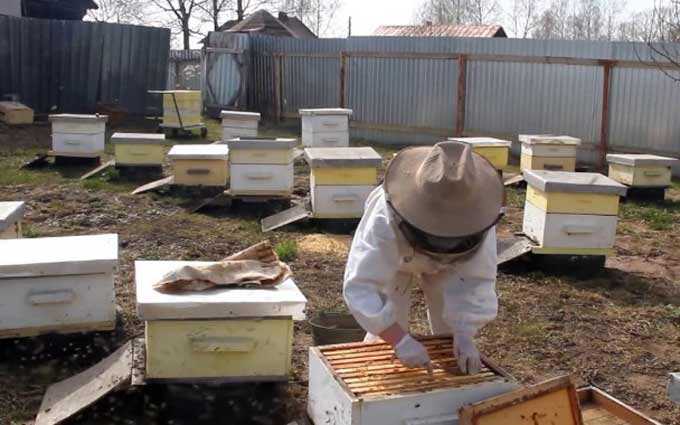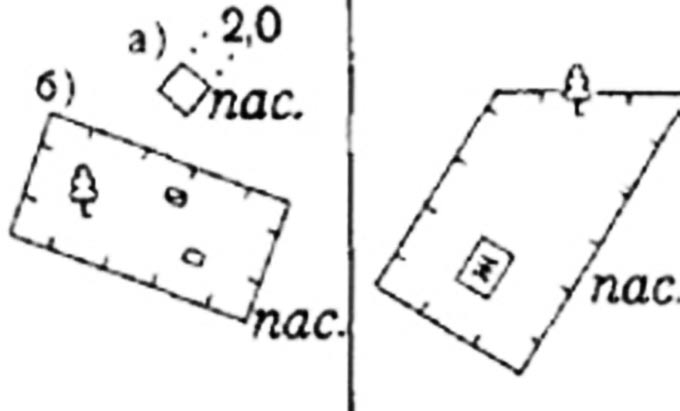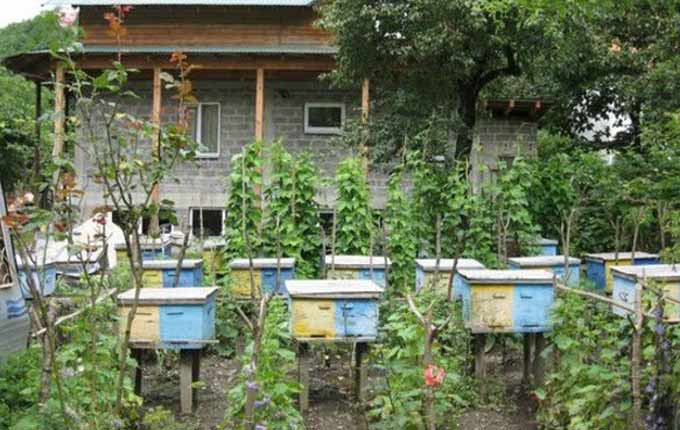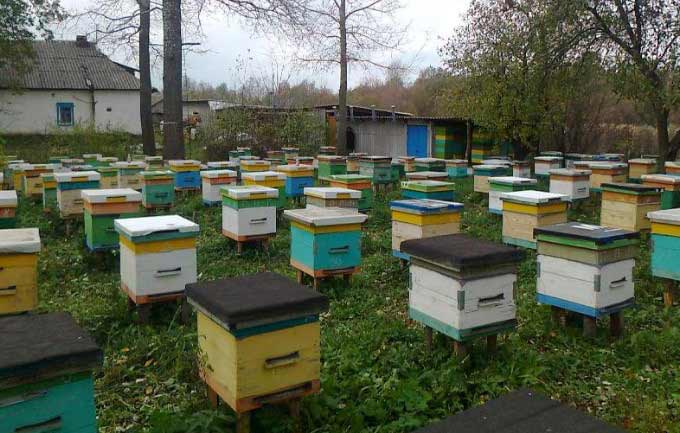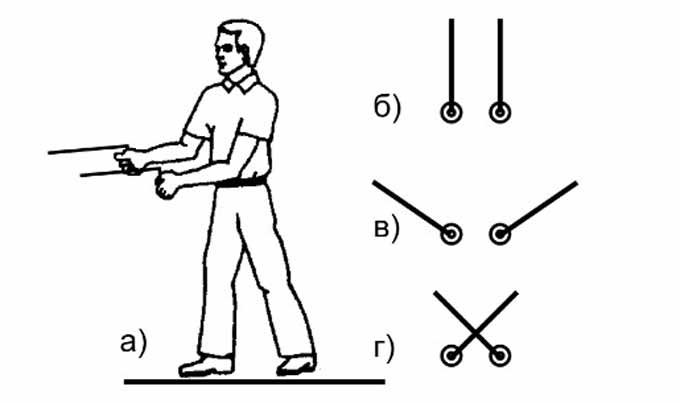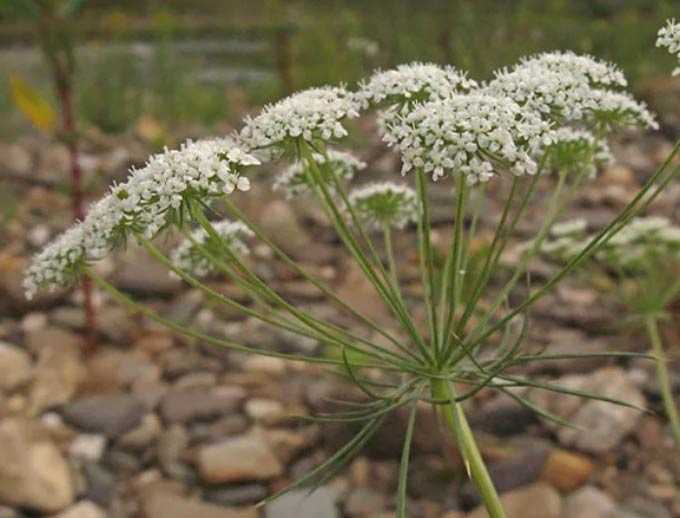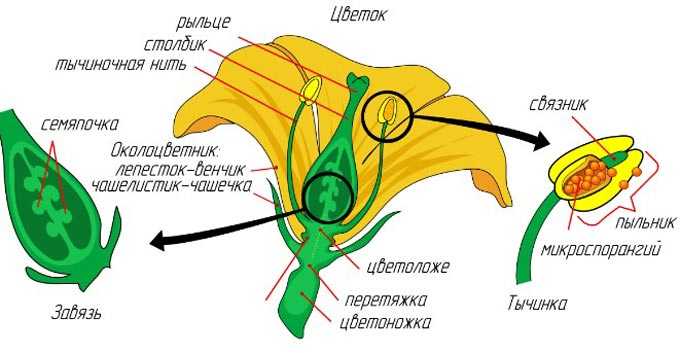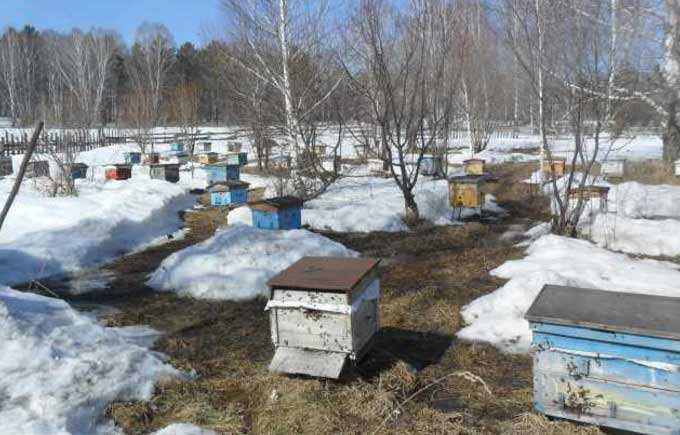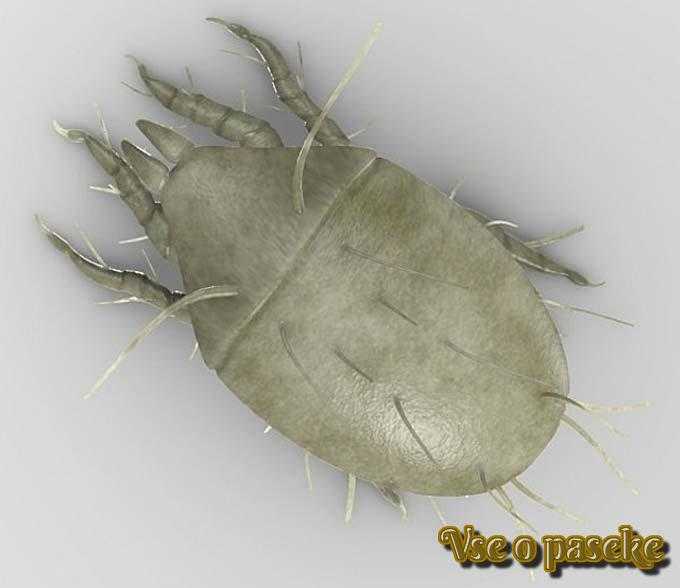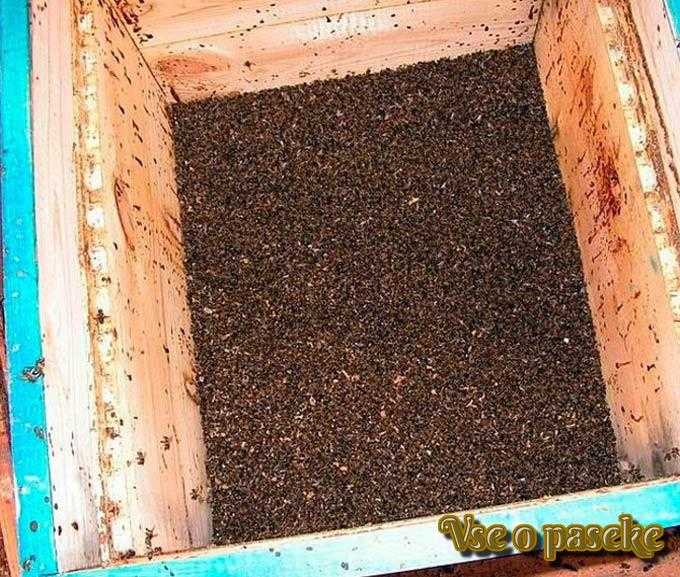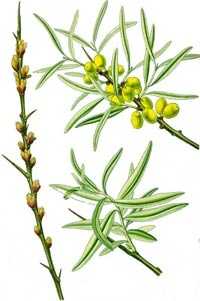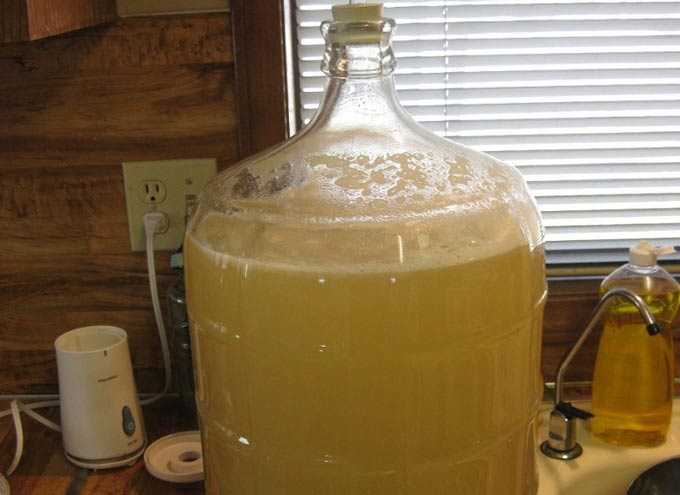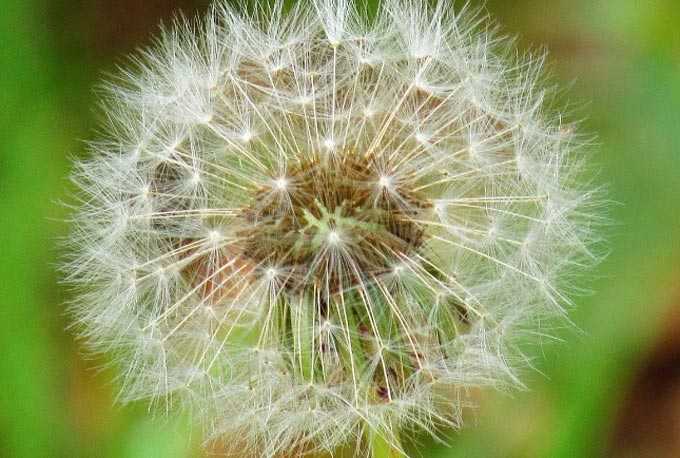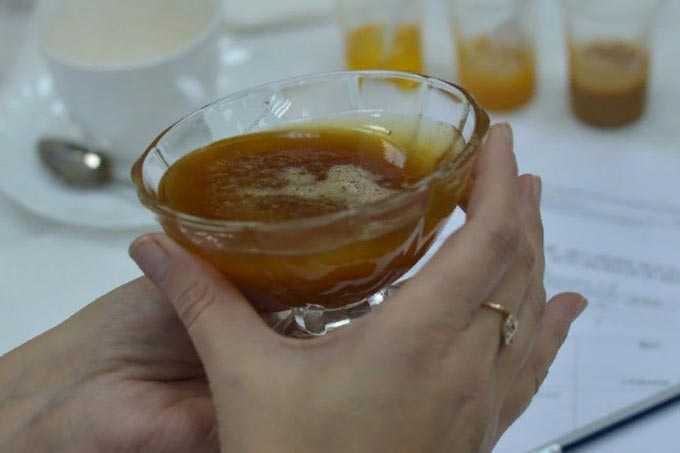An amateur apiary on a personal plot or summer cottage is an opportunity to provide your family with high-quality honey, as well as a chance to turn a hobby into a real business that generates income.
The correct organization of an apiary from scratch includes several logical steps: choosing a suitable place in the existing territory, purchasing hives, the necessary inventory and equipment, purchasing bee colonies, as well as registering and obtaining a veterinary passport.
The content of the article
- 1 How many families can you take care of?
- 2 Requirements for placement on the site
- 3 The best place considering the vital activity of bees
- 4 Grouping hives
- 5 A little about dowsing
- 6 How is registration done
How many families can you take care of?
Newcomers to beekeeping are interested in the number of families that the owner is able to look after without the involvement of employees or relatives.
It is impossible to answer this question clearly, since the successful keeping of bees depends on many factors, such as:
- availability of free time and experience;
- remoteness of the beekeeping from the beekeeper’s residence;
- distance to abundant sources of nectar and pollen throughout the entire honey flow.
There are cases when one person with sufficient experience in beekeeping freely looked after 200 families. And he attracted assistants only for the period of honey pumping during the nomad.
But it is also important to understand that the production of comb honey is time-consuming – one person in this case can take care of almost half the number of bee colonies than in the production of industrial centrifugal honey. For centrifugal honey, the number of families per person can reach 500 and even 700 hives. A beginner, of course, cannot set such a goal for himself in the first two or three years.
The approximate size of the apiary can be determined using calculations that take into account the rate of time spent on all work on the maintenance of bee nests.
To do this:
- The length of the working day in minutes is multiplied by the number of working days in a year. For example: 480 × 250 = 1 (assuming an eight-hour workday for 200 days).
- The time spent on maintenance work for one nest per year is multiplied by the average time required for preparatory and final work and rest. Example: 704 × 1,142 = 804.
- The first value obtained is divided by the second result and the recommended number of families is obtained. Example: 1 200/804 = 149 families.
That is, according to the generally accepted technology of care, one person can freely serve up to 149 bee colonies, and with a temporary assistant up to 225 hives.
Taking into account the dangerous bee diseases in the region, the treatment of agricultural land with pesticides, difficult climatic conditions, the planned number of hives can be reduced by 1,5 times. According to statistics, it is precisely small private apiaries of up to 100 hives, concentrated on one point, which prevail in Russia (96,8%).
Requirements for placement on the site
On the part of the state, a number of requirements are put forward to beekeepers that must be strictly observed.
When asked whether it is possible to put an apiary in a village, the answer is unequivocal – yes, it is possible, but subject to the interests of neighbors and safety requirements.
Violations committed in the process of keeping and breeding bees, resulting in damage, can be considered in court.
The rules for placing an apiary in a village and its maintenance are as follows:
- All treatment and prophylactic measures are carried out according to the calendar, preferably simultaneously with other beekeeping farms… This rule also applies to the fight against dangerous diseases, outbreaks of which are registered in a specific region.
- Persons admitted to work in the apiary must be instructed on the rules for handling disinfectants and medicines, as well as on personal safety measures.
- The farm needs to keep a first aid kit for first aid in case of insect bites… It must contain antihistamines and drugs for relieving anaphylactic shock.
- When carrying out seasonal work, for example, the transplantation of families, their formation, the selection of honey, it is necessary to notify the neighbors. Bystanders and animals must be at a safe distance from the hives at this time!
- To exclude the attack of insects, all work is carried out using a smoker, at a favorable time of the day, taking into account the weather and the degree of disturbance of the bees.
- It is necessary to provide access to the apiary from the inspection organizations… According to the current veterinary rules, these authorities warn the beekeepers about their visit at least five days before the visit.
- Breeding of peaceful breeds is recommended, the safest in the village – for example, the Carpathian or sulfuric Caucasian mountain breed.
- From streets with a large traffic of cars and pedestrians, the hives are fenced off with a high fence (1,8-2 meters)… In this case, insects, flying out of the nest, rise above the hedge and do not sting pets or bystanders.
- The apiary should be at least 30 meters away from busy roads, neighboring areas, livestock farms.
- It is forbidden to place hives near confectionery factories, sugar factories and wax processing plants… Sweet smells always attract bees and make them aggressive.
A large beekeeping farm is marked on the map with a special symbol. The apiary symbol looks like this:
The best place considering the vital activity of bees
In addition to safety requirements, the beekeeper must take into account the needs of the bees themselves. After all, the wrong place will definitely affect the productivity of the apiary. Moreover, it does not matter in the settlement or beyond its boundaries, points with hives will be placed – mistakes are critical in any case.
When it comes to placement near a residential building, it is better to choose a garden that grows away from the entrance to the house and the yard. Ideally, insects should not interfere with their hosts. In this case, the hives are installed in the shade of trees or shrubs, which allows insects to maintain an optimal air temperature in the nest, even during periods of summer heat. It is necessary to avoid apple trees – these trees disturb the bees during the autumn fall of fruits.
Outside the city limits for an apiary, it is preferable to choose the southern or southeastern slope of the site with a slight slope of 5-10 degrees, providing a free outflow of water during snow melting and precipitation.
Avoid lowlands and areas near rivers, lakes, artificial reservoirs… Dampness reigns here, which always adversely affects the health of the bee colonies.
At the same time, climatic conditions are taken into account. In the northern regions, it is better to place the hives in the sun, and in temperate and southern latitudes – in the shade of trees to protect them from overheating and deformation of the honeycomb.
You cannot split points with hives “on the fly” – the route of bees from other apiaries to honey plants. This provokes attacks on nests during the free period. The lively bee track is clearly visible to the naked eye. Having carefully examined the area, you can easily find it in the air and take this fact into account when planning your own apiary.
And the most important thing is to have a sufficient honey balance. The nearest honey plants should be 1,5-2 kilometers… Of course, insects get to more remote areas, located 3-5 kilometers away, but this affects the amount of honey produced.
The area occupied by melliferous plants and the timing of their flowering in a particular area are also taken into account.
The table for determining the honey balance can be found in this article: Features of organizing an apiary from scratch – tips for beginners
Grouping hives
Comfortable living of insects also depends on the correct placement of bee houses.
One family requires 30-40 sq. meters. With an ideal layout, the houses are staggered at a distance of 3-4 meters in a row. Between the rows, leave from 4 to 6 meters of free space.
If there is a lack of territory, you can group at the rate of 5-6 square meters. meters per hive. In this case, bee houses are set up in small groups of 2-6 families each. Outwardly, it looks like several islands located at one point.
The front walls of the houses are necessarily painted in different colors to make it easier for insects to orientate in space. Best of all, bees distinguish between blue, yellow and white.
The holes are directed to the southeast, south or east. This takes into account the direction of the prevailing winds.
In the urban area, small apiaries can be kept in attics, roofs of buildings, balconies, having previously agreed with the local authorities and the veterinary service.
A little about dowsing
Geopathogenic zones and apiary placement is another issue of concern to novice beekeepers. Not a single article has been written on the topic of “positive points” and “correct dowsing”. However, experienced beekeepers never came to a common opinion.
Some recommend mastering dowsing to determine geopathogenic zones, others pay attention to the behavior of domestic cats and dogs – they supposedly sense places suitable for keeping bees. Still others practice experimental keeping in a pyramid covering combined hives.
It is believed that geopathogenic zones are harmful to living creatures, including bees, as negative energy (bad biofield) is observed in them.
The frame for defining such a zone is made of metal wire with a diameter of up to 4 mm. In the hand, it is held without a handle from the tube in order to better feel the turns. The end of the wire is tilted forward at an angle of 5 degrees during testing.
Outside the geopathogenic zone, the frame does not move. And when meeting her, it deviates to the side – to the left when held in the right hand, or to the right when held in the left hand. All this works roughly as when searching for a place for a well:
However, in the case of a site survey for bad zones, mistakes are possible, since much depends on the professionalism of the biolocator, the material of his clothes, the availability of a wristwatch, and so on.
It is significant that even physicists and biolocators disagree about the correct placement of bee houses in relation to geopathogenic zones. Some recommend installing them at the intersection of the biolocator antennas, others in a completely clean area.
Note: In order to determine as accurately as possible the unfavorable zones on the territory of the personal plot, it is better for a novice beekeeper to contact a specialist in this matter, and not blindly rely on his own dowsing.
How is registration done
The purpose of registering a beekeeping farm is to obtain a special passport. This document confirms that all families are healthy and in good condition, and also gives the right to sell the produced bee products.
The registration of an apiary in Russia is carried out according to the following algorithm:
- The beekeeper writes a statement to the city administration, referring to the chief sanitary doctor of the city or district. This paper indicates the data of the owner, the address of the apiary, the number of families.
- After registration and entry of the beekeeping farm in the register, the farm is inspected by the veterinary service, analyzes are taken and an opinion is issued based on the results of the inspection. The document records data on the strength of families, available equipment, inventory, drugs used, beekeeper clothes, apiary buildings, and so on.
- If necessary, recommendations are given on improving the management of the economy and eliminating errors that must be completed within the specified time frame.
- Based on the results of the examination, a passport is issued. It is valid only with the seal and signature of the district chief veterinarian.
Then veterinary inspections of the registered apiary are carried out annually, and their results are recorded in the issued document. In the case of using all sheets, it is allowed to paste in inserts certified by the seal and signature of the veterinarian.
You can read more about registration here: On obtaining a veterinary and sanitary apiary passport
